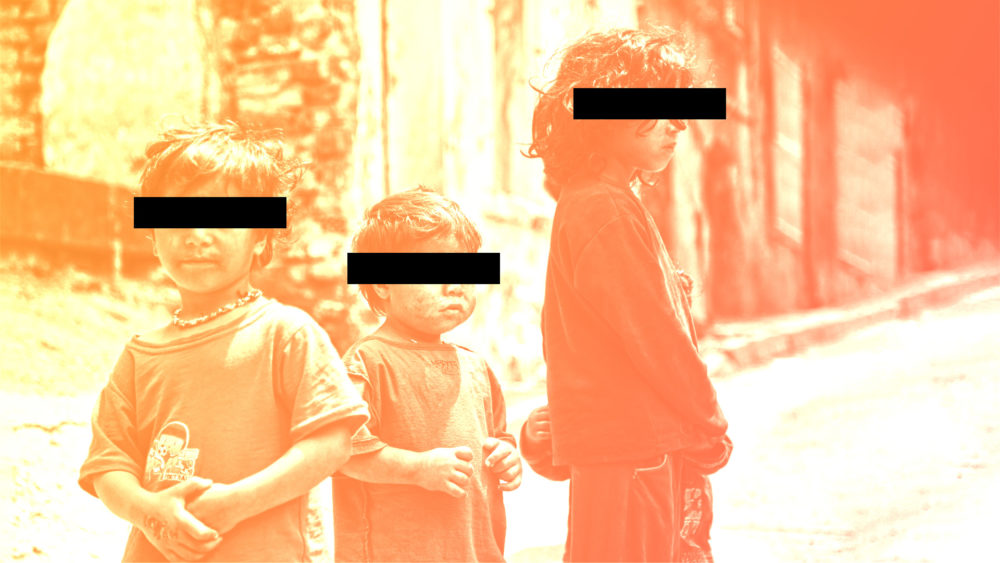ARCSEA Statement for the International Day for Street Children 2023
April 18, 2023
To truly leave no one behind now until 2030, SDG 11 and the overall discourse on urbanization should substantially, consistently, and directly include street connected children.

April 12 marks the International Day for Street Children since 2012 to highlight the humanity, dignity and defiance of street connected children in dealing with the huge challenges to their survival. This also serves as a time to call the attention of various stakeholders, especially the governments, on the situation of street connected children and the need to address this in the best interest of the children.
This year, we wish to highlight the invisibility of street connected children in many of the government and intergovernmental programs and processes. We would like to draw special attention to the Sustainable Development Goals (SDGs) or Agenda 2030, particularly SDG 11 Sustainable Cities and Communities, which seeks to “Make cities inclusive, safe, resilient and sustainable”. More than a quarter into the 2015-2030 timeline of the Agenda 2030, street connected children are still not sufficiently, consistently and directly articulated in SDG 11 and its processes despite street connected children being primarily located in urban areas and some of their core issues being related to urbanization. They are also not particularly identified in the Global Urban Monitoring Framework despite its aim of ensuring the inclusion of groups that are traditionally excluded.
Street connected children relate to Target 11.1 which aims to ensure access for all to adequate, safe and affordable housing and basic services and upgrade slums, but their particular circumstances such as their legal status and identity, and their economic situations prevent them from accessing such services. They may also relate to Target 11.7 on public spaces, but universal access to public spaces may not cover the use of spaces as shelter or as areas for livelihood, especially informal livelihoods. Their access to these public spaces, including cultural and natural heritage highlighted by Target 11.4 may greatly be affected by the prevailing notion that street connected children are an eyesore, or worse, are security threats that have to be dealt with accordingly. Although street connected children strongly relate to various SDGs because of their multifaceted nature, SDG 11 can consolidate these issues since the essence of street connected children lies in their location in urban areas.
General comment No. 21 (2017) on children in street situations was issued by the Committee on the Rights of the Child (CRC) to highlight these children’s importance and guide States in addressing their situation.
The Child Friendly Cities Initiative (CFCI) was launched in 1996 by UNICEF and UN-Habitat in response to a resolution of the second United Nations Conference on Human Settlements (Habitat II) to make cities liveable places for all. The conference stated that the wellbeing of children is the ultimate indicator of a healthy habitat, a democratic society and of good governance. But children come from a broad range of socioeconomic contexts. Among children, those who live in poverty and exclusion, most especially street connected children, are particularly the best indicators of sustainable and inclusive cities. The CFCI highlights this in its guiding principle on Equity and inclusion: A child-friendly city aims to create equal opportunities for all children. This entails identifying the most marginalized and vulnerable children, the barriers to inclusion that they face and removing these barriers.
This general comment and the guiding principles of CFCI should also be reflected in SDG 11 not only for the sake of being consistent with and responsive to UN declarations, comments and other documents. More importantly, it should reflect these principles to live up to its mission of making cities inclusive, safe, resilient and sustainable.
The road to sustainable development that truly leaves no one behind is becoming even more challenging with certain regions and countries, as well as specific goals, exhibiting regression. The concept of leaving no one behind should not only be appreciated as the end goal of Agenda 2030. It should also be seen as a principle to be applied even in the process of achieving the goals. We should ask if we have left anyone behind, now, and not only in 2030. To truly leave no one behind now until 2030, SDG 11 and the overall discourse on urbanization should substantially, consistently, and directly include street connected children.
